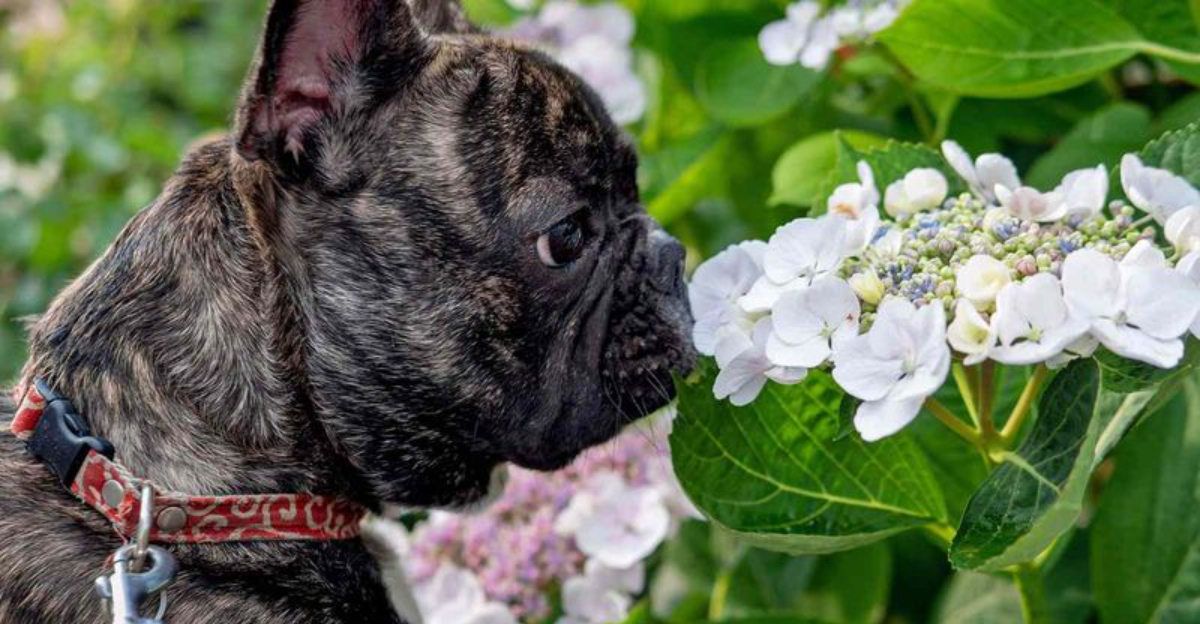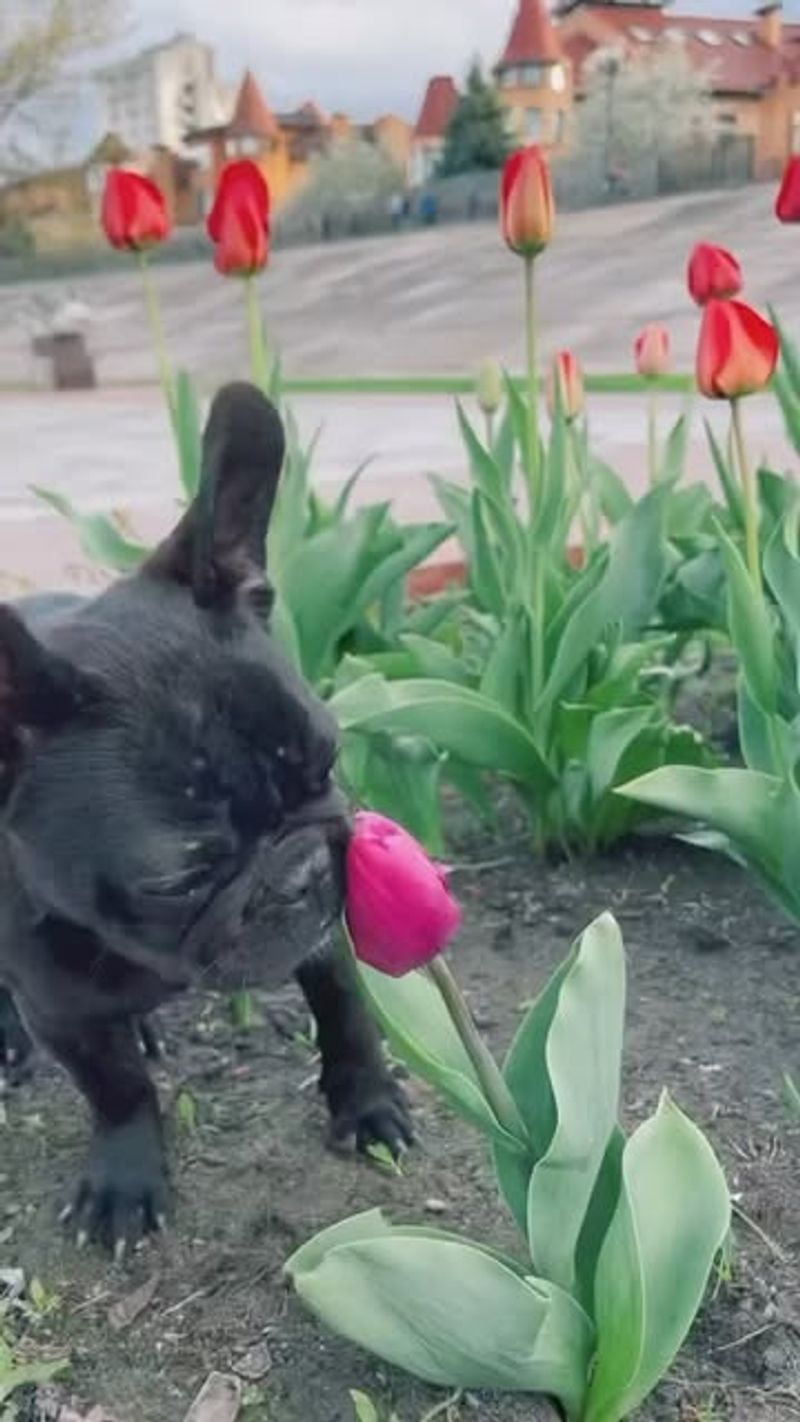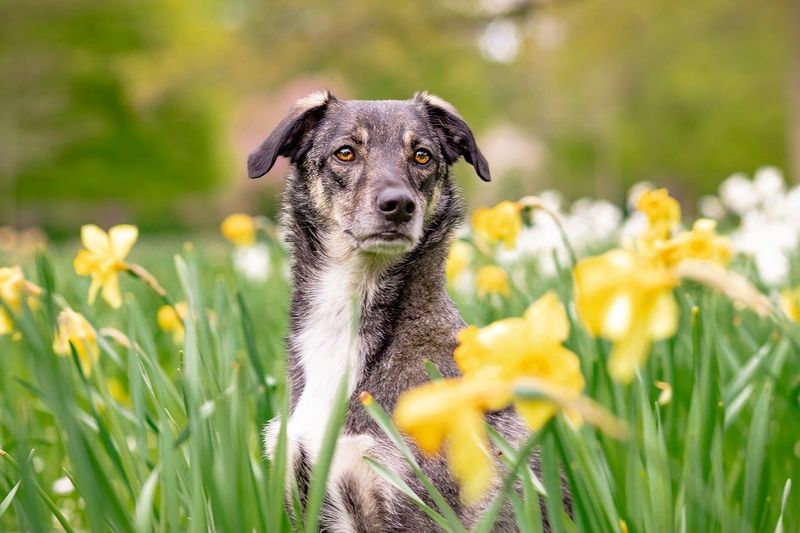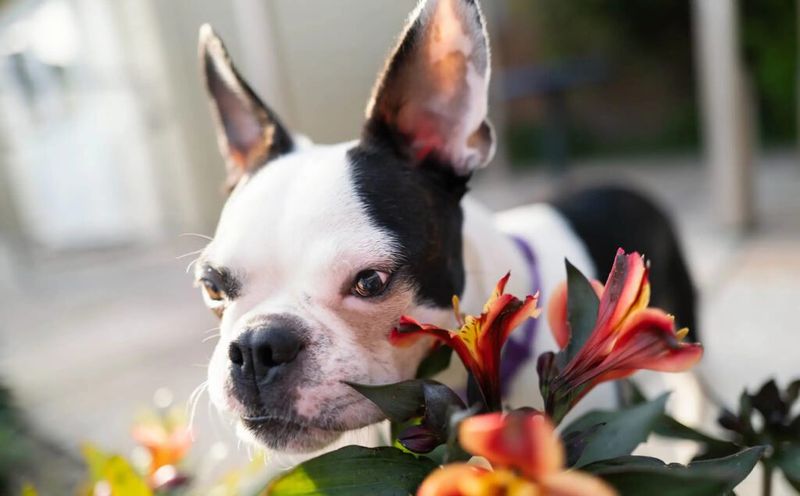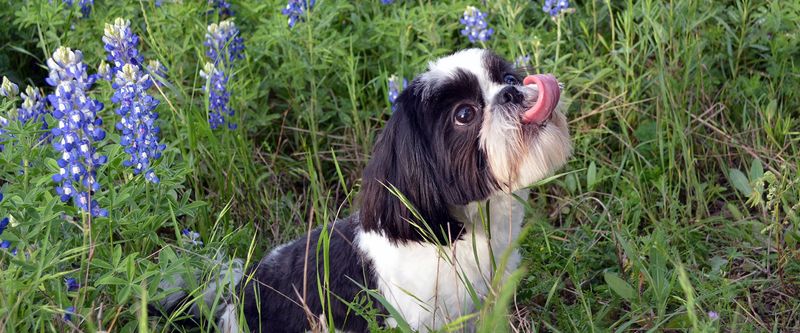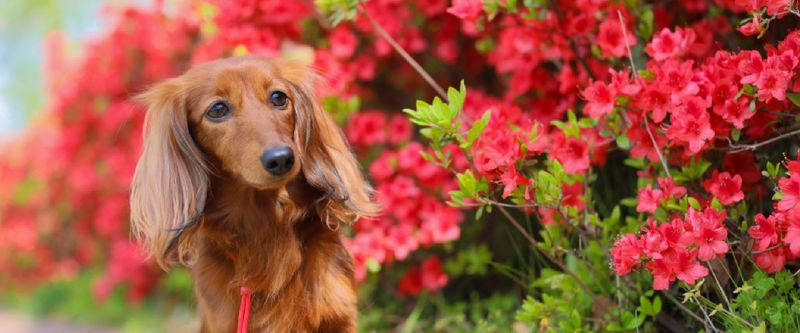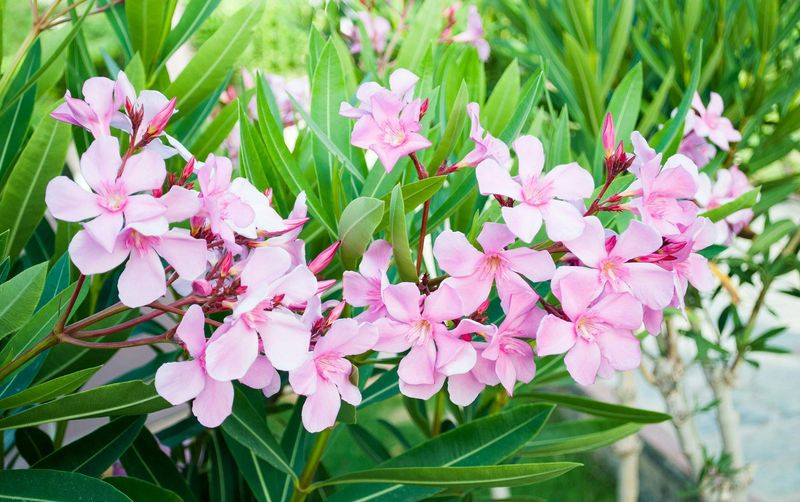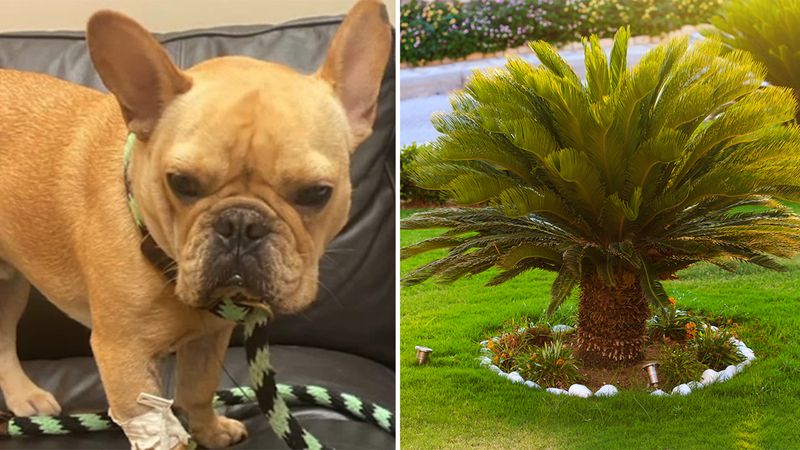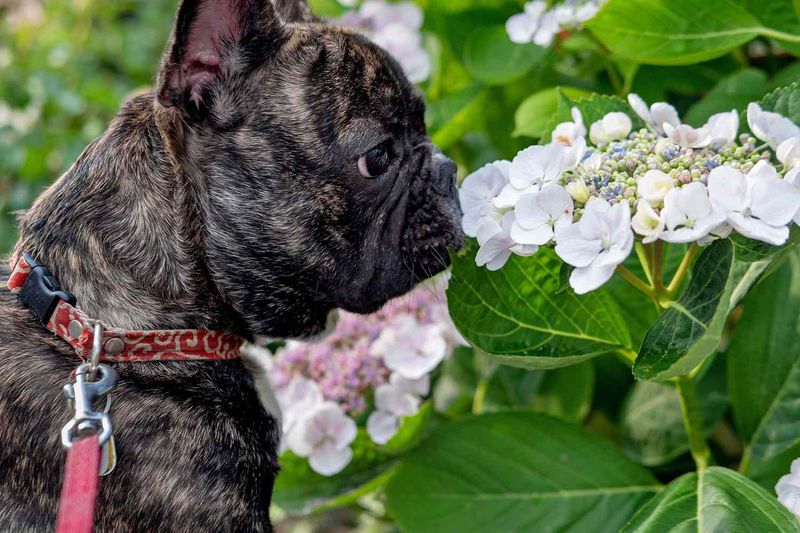Gardens are often seen as safe havens for both humans and pets, full of vibrant colors and pleasing scents. However, beneath their beauty, some common garden blooms hide a secret danger to our furry friends. In this blog post, we will explore ten beautiful yet potentially harmful flowers that dog owners should be cautious about. Understanding these risks can help protect our beloved pets while still enjoying the splendor of our gardens.
Tulips
Tulips, with their elegant, cup-shaped petals, are a spring favorite in gardens. However, they contain toxic compounds harmful to dogs.
The bulbs, in particular, have concentrated toxins that can cause vomiting and diarrhea if ingested by pets.
Keeping dogs away from these bright flowers is essential.
A playful garden might tempt curious paws, but a little caution can prevent potential harm.
Did you know? Tulips have been cultivated since the Ottoman Empire, prized for their beauty and variety. A symbol of spring, they bring joy but must be handled with care around pets.
Daffodils
Daffodils, known for their sunny disposition, brighten gardens with vibrant yellow hues. But, these cheerful blooms harbor hidden dangers for dogs.
All parts of the daffodil contain toxic alkaloids that can lead to severe gastrointestinal distress for our canine companions.
If you’re planting bulbs, ensure they are inaccessible to pets. A joyful sight in spring, daffodils need careful consideration in pet-friendly gardens.
Interestingly, daffodils are associated with rebirth and new beginnings, symbolizing hope despite their toxic nature to dogs.
Azaleas
Azaleas, beloved for their colorful blooms, create stunning displays in gardens. However, these flowers are toxic to dogs.
Ingesting azalea leaves or flowers can lead to drooling, loss of appetite, and even more severe symptoms like heart problems.
It’s crucial to supervise pets in gardens with azaleas. Despite their breathtaking beauty, azaleas require caution.
Did you know? Azaleas have been cultivated for thousands of years, symbolizing passion and abundance in many cultures. Their allure comes with a hidden risk for pets.
Lilies
Lilies, with their striking forms and fragrant blooms, are garden staples. Yet, they pose a significant risk to dogs.
All parts of the lily plant can cause symptoms ranging from stomach upset to more serious conditions in pets.
Being vigilant about lilies in your garden can prevent unfortunate encounters. Despite their elegance, lilies must be kept away from curious canines.
Fun fact: Lilies are often associated with purity and rebirth, making them a popular choice in various cultural ceremonies, despite their toxicity to pets.
Foxgloves
Foxgloves, often seen as enchanting, tower gracefully in gardens. However, their beauty conceals a potent threat to dogs.
All parts of the plant contain digitalis, a compound that can be deadly if ingested.
Ensuring dogs steer clear of these charming flowers is crucial. Despite their mystical appearance, foxgloves demand respect and caution.
Historically, foxgloves were used in traditional medicine, valued for their heart-affecting properties, but they are perilous for pets.
Rhododendrons
Rhododendrons, with their grand blooms, enhance gardens with their visual appeal. Yet, these plants are toxic to dogs.
Ingesting rhododendron flowers or leaves can cause vomiting, diarrhea, and in severe cases, more serious health issues.
Owners must be vigilant in gardens housing these striking plants. While they add grandeur, rhododendrons pose a real threat to pets.
Did you know? Rhododendrons have been symbols of caution and danger in various cultures, despite their ornamental use.
Hyacinths
Hyacinths, known for their intoxicating fragrance and vivid colors, are a garden delight. Yet, they pose risks to dogs.
The bulbs, in particular, contain substances that can cause irritation and stomach upset when ingested by pets.
Keeping an eye out for curious pets in gardens with hyacinths is wise. Despite their sensory appeal, hyacinths need to be planted with caution.
Interesting tidbit: Hyacinths were named after a figure in Greek mythology, symbolizing rebirth and peace.
Oleander
Oleander, with its lush, evergreen leaves and delicate blooms, is a garden favorite. However, it’s highly toxic to dogs.
Every part of the oleander plant contains cardiac glycosides, which can be lethal if ingested.
Gardens with oleander require extra precaution to ensure dog safety. While they add elegance, oleanders are not pet-friendly.
Did you know? Oleanders have been used in traditional landscaping since ancient times, admired for their drought resistance and beauty, despite their toxicity.
Sago Palm
Sago palms, with their exotic appearance, are popular in gardens. Yet, they are extremely toxic to dogs.
The seeds and leaves contain cycasin, a toxin that can lead to severe liver damage and other health issues in pets.
Vigilance is needed in gardens where sago palms reside. Despite their allure, sago palms necessitate careful handling.
Fun fact: Despite their name, sago palms are not true palms but cycads, ancient plants dating back to the dinosaur era.
Hydrangeas
Hydrangeas, with their voluminous blooms, grace gardens elegantly. However, they are toxic to dogs.
Ingesting hydrangea flowers or leaves can result in vomiting and an upset stomach for pets.
Taking preventive measures is key in gardens featuring these captivating plants. Though visually enchanting, hydrangeas require careful placement.
Did you know? Hydrangeas are renowned for their color variety, which can change with soil pH, adding an element of surprise to gardens.
